Australia So Much to See


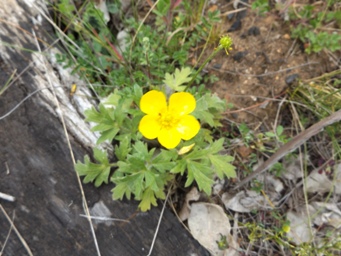
A small five round petalled shiny bright yellow flower of around three to four centimetres diameter, growing from a ferny foliage base. The round seed pod has a stippled surface
Spring
Bridgetown and Mayanup (lower right photo), South West region, Western Australia and is found from Perth, through the South West, the lower Great Southern, and can occur to the north of Perth
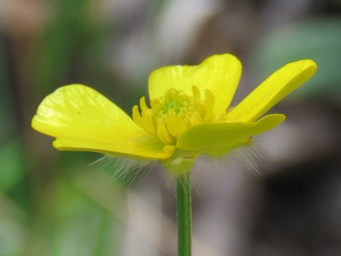
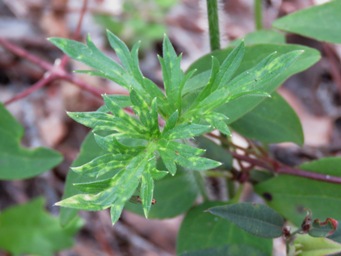
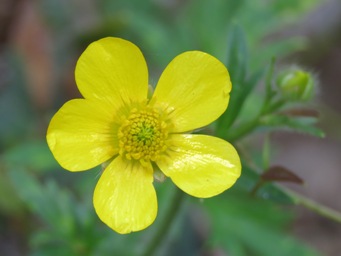
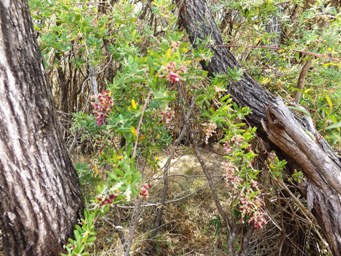










Rhodanthe flowers are known collectively as known as Sunray, Paper Daisy, Everlasting Daisy, Pink and White Daisies.
Yellow tiny cluster flowers up the stems which can grow to sixty centimetres tall. Elongated oval leaves to a point at tip have
some hairiness, with some hairiness on the reddish stems.
August
Seen at Agnew, Goldfields region, Western Australia, with
the photo lower right, taken in a claypan in the Mount Magnet area, could possibly be Rhodanthe maryonii.
Rhodanthe charsleyae can
be found in southern areas of the Pilbara, through inland Mid West region, inland northern Wheatbelt and the Goldfields.
Rhodanthe chlorocephala subsp. rosea 1992, formerly Helipterum chlorocephalum, Pink Everlasting
These paper daisy flowers can be white,
pink or white with pink petal tips. Foliage alternates up the stem and leaves are short and narrowly oval.
August
Photographed
at Bunjil Rocks in the Perenjori Shire and Morawa, Mid West region, and Woolgangie (below), Shire of Coolgardie, Goldfields region,
Western Australia. Found in the Gascoyne, Mid West, northern Wheatbelt and all areas of the Goldfields regions.
Rhodanthe chlorocephala subsp. splendida 1992, formerly Helipterum polycephalum.
The largest flowers of the Rhodanthe chlorocephala
subspecies. A white paper daisy, with purple marks on some of the petals, near the centre. Short narrow leaves alternate,
and are more prolific at the base of the stems.
August
Sandstone, Mid West region, Western Australia, and occurs in the Gascoyne,
Mid West, northern Wheatbelt and northern Goldfields regions.
